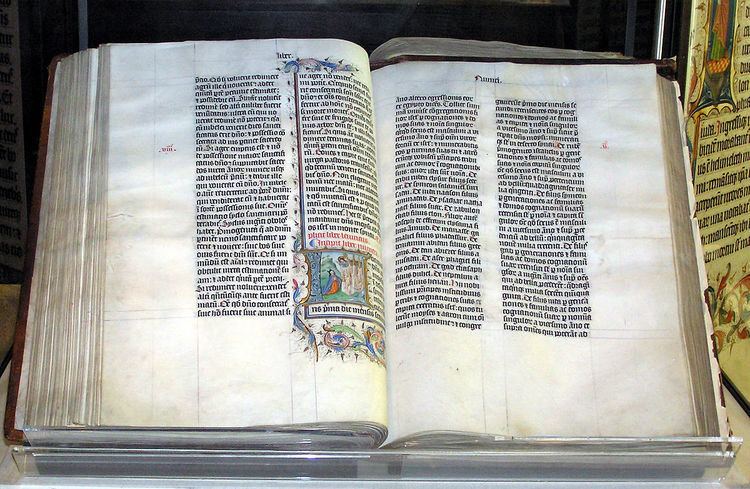 | ||
New Testament manuscripts in Greek are categorized into five groups, according to a scheme introduced in 1981 by Kurt and Barbara Aland in The text of the New Testament. The categories are based on how each manuscript relates to the various text-types. Generally speaking, earlier Alexandrian manuscripts are category I, while later Byzantine manuscripts are category V. Aland's method involved considering 1000 passages where the Byzantine text differs from non-Byzantine text. The Alands did not select their 1000 readings from all of the NT books; for example, none were drawn from Matthew and Luke.
Contents
Category I – Alexandrian
This category includes the earliest manuscripts. Some fourth century and earlier papyri and uncials are in this category, as are manuscripts of the Alexandrian text-type. The manuscripts in this category are important when considering textual problems and are considered by many scholars to be a good representation of the autograph, due to their early dating.
Category II – Egyptian
The manuscripts in this category are similar to category I manuscripts, and are important in textual consideration of the autograph. However, the texts usually contain some alien influences, such as those found in the Byzantine text-type. Egyptian texts fall in this category.
Category III – Eclectic
The manuscripts in category III are important when discussing the history of the textual traditions and to a lesser degree for establishing the original text. The manuscripts usually contain independent readings, and have a distinctive character. f1, f13 are examples of manuscript families that fall within this category. Manuscripts of this category usually present mixed or eclectic text-type.
Category IV – Western
Category IV contains the few manuscripts that follow the text of the Codex Bezae (D). These texts are of the Western text-type.
Category V – Byzantine
Byzantine and mostly Byzantine texts fall under this category.
Distribution of Greek manuscripts by century and category
See Aland:159–162.
Limitations
This system of classification prefers the Alexandrian text-type. Manuscripts that represent the Western text-type are classified as Category IV in Gospels, and Category II/III in the Pauline Letters. This is significant because some scholars believe that some or all of the Minuscule text or the Western texts are closer to the original texts. Some manuscripts are not classified. Uncial 055 is not because it is a commentary, and according to some specialists, written in a minuscule hand.
